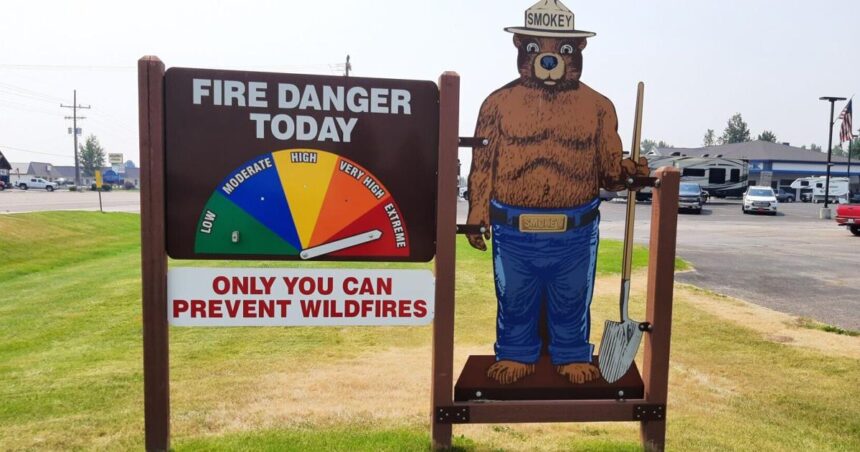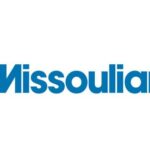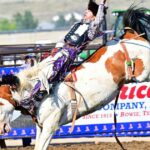Due to continued hot weather and record dry fuel conditions the Bitterroot National Forest announced Wednesday that it is raising its fire danger level to “extreme” and will go into Stage 2 fire restrictions starting Friday, July 19.
The move comes just five days after the forest elevated the fire danger to “very high” on forest lands, and a week after they were elevated from “moderate” to “high.”
Extreme is the highest fire danger level possible. When fire danger is “extreme,” fires start quickly, spread furiously, and burn intensely. All fires are potentially serious and development into high intensity burning will be faster and occur even on smaller fires. Direct attack—fire fighters using direct methods to suppress a fire—is rarely possible and may be dangerous except immediately after ignition.
The Bitterroot National Forest announced Wednesday that it is raising its fire danger level to “extreme” and will go into Stage 2 fire restrictions starting Friday, July 19.
In Stage 2 fire restriction, the following acts are prohibited on federally managed or protected lands, roads, and trails:
People are also reading…
• Building, maintaining, attending, or using a fire, campfire, or stove fire.
• Smoking, except within an enclosed vehicle or building, a developed recreation site, or while stopped in an area at least three feet in diameter that is barren or closed of all flammable materials.
• Operating an internal combustion engine.
• Welding or operating an acetylene or other torch with open flame.
“These restrictions are put in place due to the extremely dry fuels and a fire’s ability to spread quickly under these extreme conditions,” said Mark Wilson, Fire Staff Officer. “We want to protect our community and lands.”
Forest officials are asking the public to be especially careful when camping and visiting the forest.
Those planning camping trips should follow these fire safety tips:
• Pay extra attention to those items that can cause a spark, such as chains on a trailer. Any spark has the potential to ignite a wildfire.
• Those exploring the forest and backcountry in vehicles must stay on established roads and trails and avoid driving over dry grass and brush that could be ignited by hot exhaust systems.
• Keep campfires small and completely extinguish them before leaving camp. The best method is to douse the fire with water, stir the ashes and douse again, making sure that all ashes are cold to the touch. It is illegal to have unattended campfires.
• Firewood cutters should operate in the cool morning hours and keep a shovel and fire extinguisher nearby. All chainsaws must be equipped with a muffler and spark arrester. Temporary firewood cutting areas that opened on the forest back in June are also closing due to increased fire risks.
• Know before you go. Always check with your local Ranger Station prior to your trip to get the most up-to-date information on fire danger and fire restrictions for the area.
Open burning is currently prohibited in Ravalli County.
Visit www.mtfireinfo.org to learn more about current fire restrictions in place throughout Montana.
For the latest air quality information visit todaysair.mt.deq.us, and Airnow.gov.
Wildfires are a No Drone Zone. If you fly, we can’t. Flying a drone near a wildfire can shut down all air operations. To learn more visit https://www.fs.usda.gov/managing-land/fire/aviation/uas/responsible-use.
For more information on the Miller Peak Fire south of Missoula and other fires visit http://inciweb.nwcg.gov.





